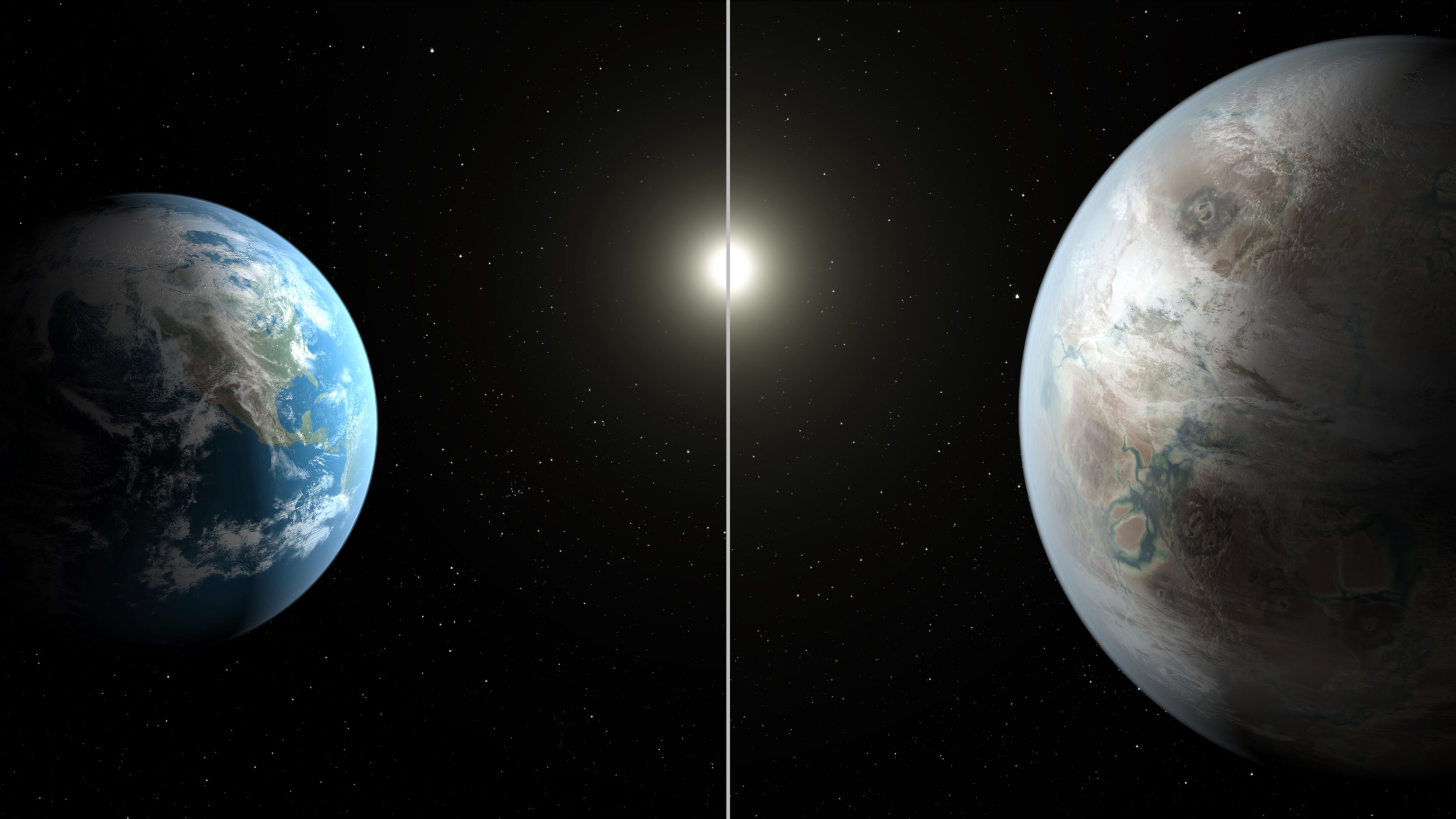Story at a glance…
-
5,000 planets outside of our solar system have been discovered.
-
The science has advanced rapidly since the 1990s when the first exoplanet was discovered.
-
Planets thought to be ocean-covered, others that have all the structural characteristics of Earth, and other interesting gas worlds have shown the remarkable diversity of planetary formation.
From super-Earths and mini-Neptunes to planets orbiting two stars and others orbiting dead stars, the number of alien worlds known to science reached, and then exceeded, 5,000.
Standing officially at 5,005, the NASA Exoplanet Archive celebrated the 5,000th exoplanet after a recent batch of 65 confirmed worlds were added to the archive’s list, including a system of 5 Earth-sized planets orbiting around a M-dwarf star.
It was only 30 years ago that the number of known planets stood at 9. After Alexander Wolszczan announced the discovery of two rocky Earth-like planets orbiting around a pulsar, advances in the availability of telescopes to search for these worlds have seen the field of exoplanet astronomy rapidly progress.
“It was a great surprise to everybody,” Dr. Wolszczan, who still seeks exoplanets today at the age of 75, told WaL. “You need a supernova explosion to make a neutron star, so how do you make a planet survive something like this? Of course, it’s almost impossible, so you have to make planets after a neutron star formation, and that requires some sort of special circumstances”.
“If you can make planets around neutron stars, then they should be, sort of, everywhere. 5,000 exoplanets later, we now know that planets really are a very common byproduct of star formation”.
Future tools like the James Webb Space Telescope, which recently finished aligning its mirrors, as well as the European Space Agency’s ARIEL Mission, will help astronomers gather more details about exoplanets such as the chemical contents of their atmospheres.
Exoplanets are naturally more exciting objects to study since they are the places in which life will likely be found, as well as the only chance of humanity finding another home in the distant future.
“30 years ago if you said that super-Earth systems would be very, very common among exoplanets in the exoplanets world, you’d probably be called out of your mind,” Wolszczan told WaL. “It was like a preview of what would happen in terms of the kind of planetary systems we would find later on”.






